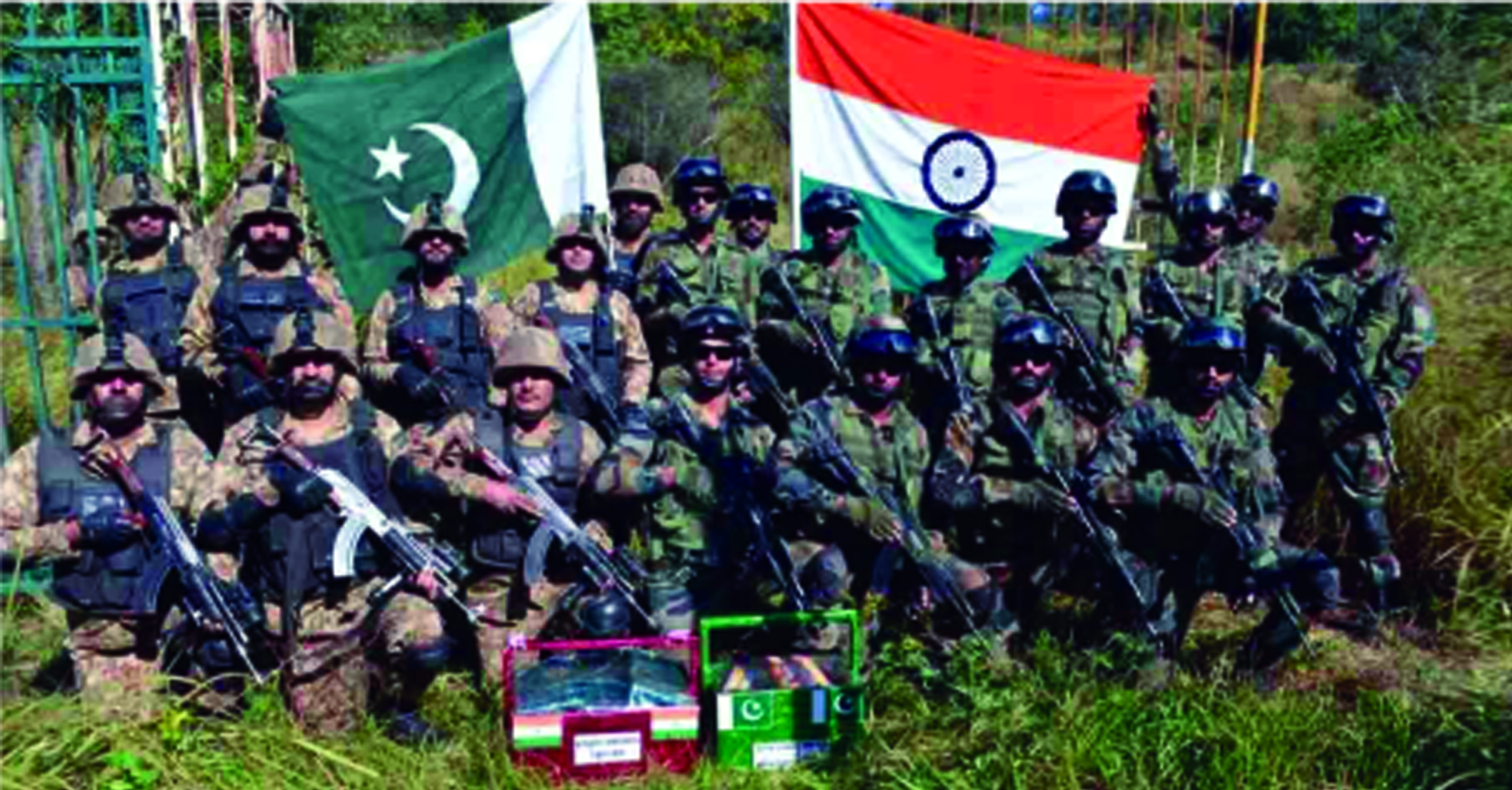Mr Khan
SINCE signing of the defence and nuclear deals with the US in 2005 and 2008 respectively, and especially after having been declared as US’s close defence partner in 2016, as part of its Indo-Pacific Strategy to contain China’s peaceful rise, India got a major opportunity to purchase high-tech military weapons systems of its choice from the western military powers, apart from Russia, with whom it already had strong defence relations.
To purchase the most modern weapons, while India uses China threat theory, it also possesses a lot of Forex reserves to purchase the weapons, as over the years it has amassed an impressive amount of $ 641 billion reserves.
Although, despite the above-mentioned hefty amount of Forex reserves, as per the Business Standard, India is still 101st in the Global Hunger Index (GHI) 2021 of 116 countries, and is behind its neighbours Pakistan, Bangladesh and Nepal.
This widespread hunger prevails in India because, instead of spending on its poor population to end the hunger, India has used its foreign exchange reserves to purchase modern arms and military equipment to become a major power.
For this purpose, the Modi government is spending a huge amount of US dollars for purchasing costly weapon systems. Following are the major examples. According to the Economic Times, India has signed 182 defence deals over the last 3 years and in the current year.
The defence equipment included ships, missiles, rockets, simulators, tanks, guns, aircraft, helicopters and radars. As per India Today, on 22 October 2021 India signed a contract worth Rs 423 crore with the US for procurement of MK 54 Torpedo and Expendable (Chaff and Flares) for the Indian Navy.
These weapons are the outfit of P-8I aircraft which is used for Long range Maritime Surveillance, Anti-Submarine Warfare and Anti-Surface Warfare (ASV).
According to the Nikkei Asia, in February 2021, the Indian government had announced a large-scale defense equipment renewal project, worth $130 billion, to be spent on arms procurements in the coming eight years. India’s weapons procurement from the United States had jumped from meagre USD 6.2 million to a whopping USD 3.4-billion in 2019.
Recently, India has purchased 36 French Rafale fighter jets, fitted with scalp and meteor missiles having beyond visual range of 300 kilometers, worth $9.4 billion, out of which five aircraft have already been received by the Indian Air Force.
India also plans to upgrade 59 of its MiG-29 aircraft and buy 21 more from Russia for about $1 billion. According to India Today, as per the deal already signed with Russia, India will receive the first batch of the sophisticated S-400 anti-aircraft surface-to-air missile system in October-December 2021.
The S-400 is known as Russia’s most advanced long-range surface-to-air missile defence system, which can destroy incoming hostile aircraft, missiles and even drones at ranges of up to 400 km.
In addition, India is about to order 12 Russian-made Su-30MKI fighters for $1.53 billion. Moreover, as India wants to replace the fleet of its aging fighter aircraft, competitors for the 115-plane purchase include the F-21, Boeing’s F/A-18E/F, the Rafale, the European Typhoon, the Swedish Gripen E and the Russian MiG-35 and Su-35. Indian companies would assemble the new jets on license.
Lockheed Martin of the US has also offered the co-production of F-21 Fighter aircraft to India in collaboration with Tata. Despite the US expectations that an economically and militarily strong India will act as a bulwark for containing China, it is more likely that India would never fight with China to implement the US Indo-Pacific strategy.
In fact, by becoming a partner in the US Indo-Pacific strategy, India is basically exploiting this opportunity to get the western economic investments and the modern weapon systems to become a major economic/military power.
Hence, the above discussed arms buildup by India and the most modern weapons systems it is acquiring will be mainly used against Pakistan.
In this context, India’s acquisition of the modern aircraft, like the French Rafale with BVR range of 300 kms, F-21, the Russian SU-30, and 35, and the Russian S-400 anti-missile system with 400 kms interception range and the naval weapons, like the nuclear submarines are a serious threat to Pakistan’s sovereignty.
India can use the modern aircraft for the so called surgical strikes in Pakistan just to prove its air superiority and show to the world that it is an uncontested regional power. In case of a war, because of such superior weapons, Pakistan’s nuclear threshold will be lowered.
Therefore, to deter India from violating Pakistan’s sovereignty, it is necessary that Pakistan should also acquire a limited number of the matching conventional weapons. In this context, although the past successive governments in Pakistan have failed to build the required Forex reserves, as, comparing India and Pakistan’s size/population, Pakistan should have built at least one sixth of India’s Forex reserves, equal to $ 120 billion. But, up till October 2021, Pakistan has got Forex reserves of only $ 25 billion.
Still, Pakistan can spend about $5 billion to acquire a limited number of high-tech modern weapon systems to fail India’s plans of establishing its conventional military dominance over Pakistan.
In this context, it is a right step that Pakistan Army has recently inducted the state-of-the-art Chinese-origin HQ-9/P HIMADS, high to medium air defence system, which nearly matches the capabilities of the Russian S-400 anti-missile system.
Similarly, Pakistan also needs to procure on priority a limited number of modern aircraft matching the capabilities of Rafale, F-21, and SU-30 and a few nuclear submarines






